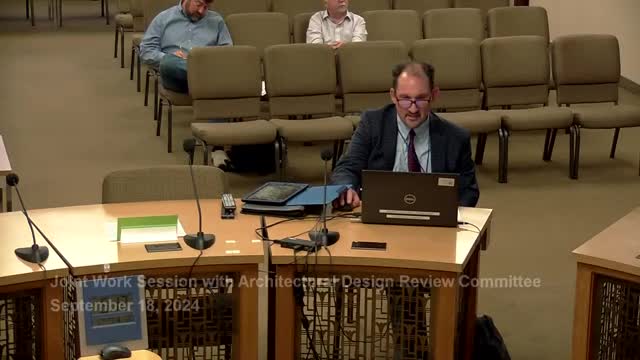City Council debates controversial zoning changes for skyline development
September 20, 2024 | Concord, Merrimack County , New Hampshire
This article was created by AI summarizing key points discussed. AI makes mistakes, so for full details and context, please refer to the video of the full meeting. Please report any errors so we can fix them. Report an error »

In a recent government meeting, officials discussed significant amendments to zoning regulations concerning building heights and dome obstruction in the central business district. The original proposal from a developer sought to eliminate all references to dome obstruction in the ordinance and increase building heights from 80 to 90 feet. However, after reviewing public testimony and the complexities of implementation, staff recommended a more cautious approach.
Instead of removing dome obstruction language entirely, staff proposed creating conditional use permits that would allow for height increases on a case-by-case basis. This decision was influenced by concerns over potential \"spot zoning\" and the desire to maintain a coherent zoning map. The proposed amendments resulted in a comprehensive seven-page ordinance aimed at addressing these issues holistically.
Key points of discussion included the need for clarity in the language surrounding the \"development program,\" which refers to the specifics of what a developer intends to build, including the number of buildings and their intended uses. Some officials expressed the importance of defining terms clearly to avoid ambiguity in future planning and economic development efforts.
Additionally, there was debate over whether to explicitly reference existing design guidelines in the ordinance. Some members argued that including these references would strengthen compliance, while staff maintained that all city regulations stand independently and are enforced during the review process.
The meeting highlighted the ongoing efforts to balance development interests with the preservation of the city's architectural character, particularly concerning views of the statehouse dome. As discussions continue, officials are working to ensure that any changes to zoning regulations are both practical and aligned with the community's vision for its urban landscape.
Instead of removing dome obstruction language entirely, staff proposed creating conditional use permits that would allow for height increases on a case-by-case basis. This decision was influenced by concerns over potential \"spot zoning\" and the desire to maintain a coherent zoning map. The proposed amendments resulted in a comprehensive seven-page ordinance aimed at addressing these issues holistically.
Key points of discussion included the need for clarity in the language surrounding the \"development program,\" which refers to the specifics of what a developer intends to build, including the number of buildings and their intended uses. Some officials expressed the importance of defining terms clearly to avoid ambiguity in future planning and economic development efforts.
Additionally, there was debate over whether to explicitly reference existing design guidelines in the ordinance. Some members argued that including these references would strengthen compliance, while staff maintained that all city regulations stand independently and are enforced during the review process.
The meeting highlighted the ongoing efforts to balance development interests with the preservation of the city's architectural character, particularly concerning views of the statehouse dome. As discussions continue, officials are working to ensure that any changes to zoning regulations are both practical and aligned with the community's vision for its urban landscape.
View full meeting
This article is based on a recent meeting—watch the full video and explore the complete transcript for deeper insights into the discussion.
View full meeting
